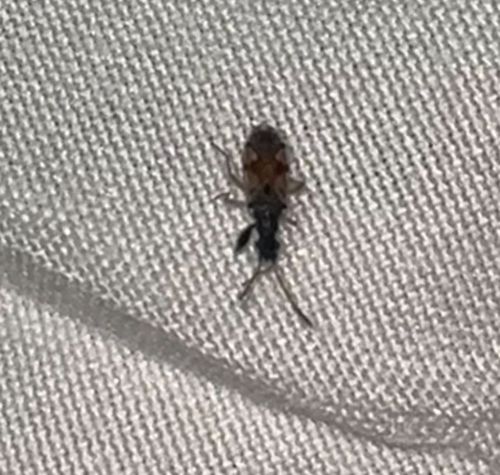Minute Pirate Bug
Scientific Name: Orius insidiosus (a common species, though other Orius species exist)
Order & Family: Hemiptera, Anthocoridae
Size: Typically 2-5 mm (0.08-0.2 inches) long.

Natural Habitat
Minute pirate bugs are common in agricultural fields, gardens, orchards, and various natural ecosystems where their prey is abundant. They are typically found on plants, including crop plants, weeds, and ornamental plants.
Diet & Feeding
They are predaceous, feeding on a wide variety of small arthropods, including thrips, spider mites, aphids, whiteflies, and insect eggs. They will also feed on plant sap and pollen, especially when prey is scarce.
Behavior Patterns
Minute pirate bugs are active hunters during the day, using their piercing-sucking mouthparts to feed on small prey. They are attracted to pollen and can be found on various plants. They overwinter as adults in leaf litter or under bark and become active in spring. Multiple generations can occur within a year.
Risks & Benefits
Benefits: Minute pirate bugs are important natural enemies of various agricultural pests, making them valuable biological control agents in integrated pest management (IPM) programs. Risks: They are known to bite humans, especially when disturbed or if they mistake human skin for plant material. The bites can be sharp and cause a minor, temporary irritation, but they are not considered medically significant and do not transmit diseases.
Identified on: 8/29/2025